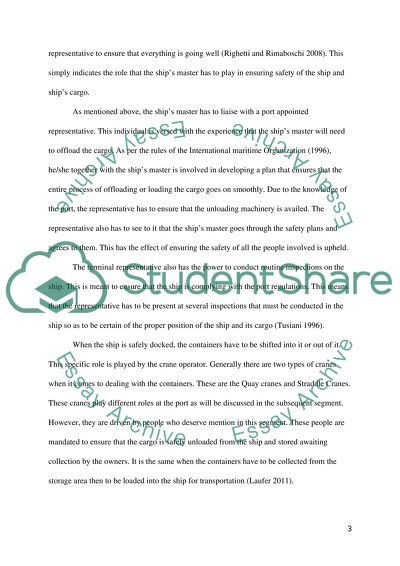Cite this document
(Maritime Operations: Cellular Container Ships Assignment, n.d.)
Maritime Operations: Cellular Container Ships Assignment. Retrieved from https://studentshare.org/other/1605909-maritime-operations-cellular-container-ships
Maritime Operations: Cellular Container Ships Assignment. Retrieved from https://studentshare.org/other/1605909-maritime-operations-cellular-container-ships
(Maritime Operations: Cellular Container Ships Assignment)
Maritime Operations: Cellular Container Ships Assignment. https://studentshare.org/other/1605909-maritime-operations-cellular-container-ships.
Maritime Operations: Cellular Container Ships Assignment. https://studentshare.org/other/1605909-maritime-operations-cellular-container-ships.
“Maritime Operations: Cellular Container Ships Assignment”. https://studentshare.org/other/1605909-maritime-operations-cellular-container-ships.


